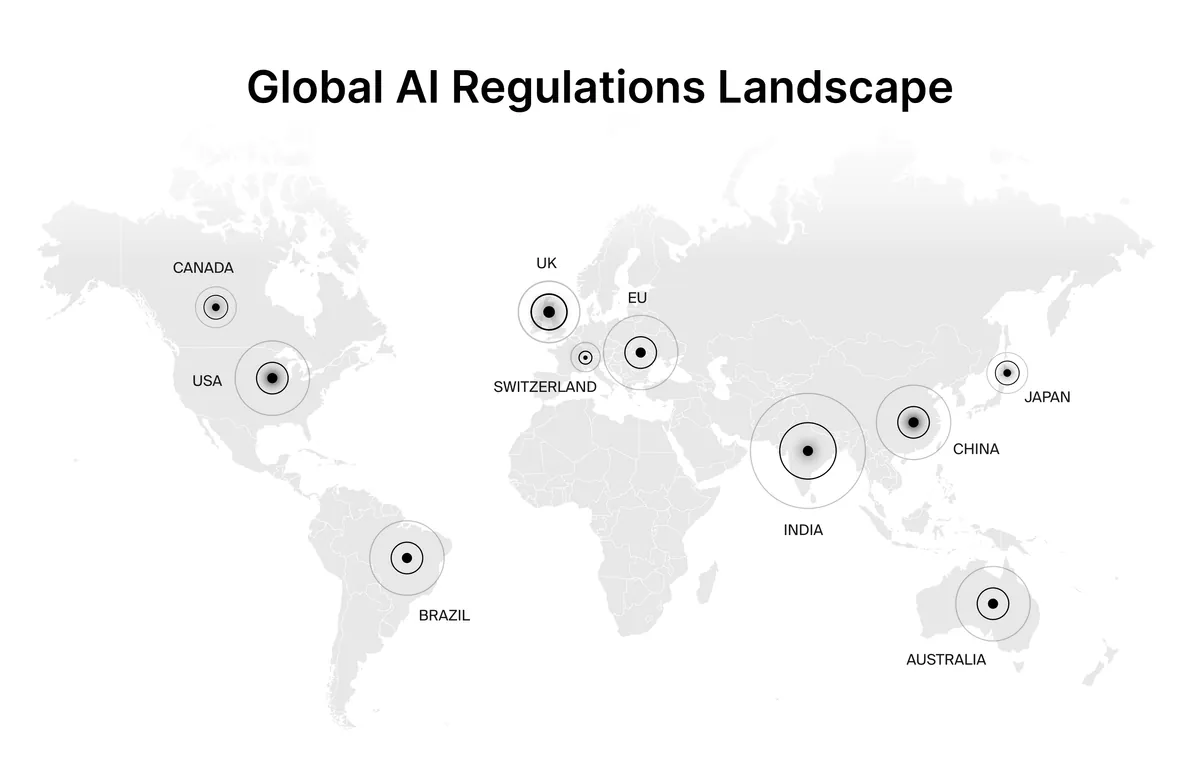The global landscape of artificial intelligence (AI) regulation is rapidly evolving, with numerous countries hastening to establish legislative frameworks. The European Union has recently taken a significant step by passing a comprehensive AI Act, with stringent restrictions set to be implemented over the next two years. This move reflects a growing trend among nations to assert control over this transformative technology.
Alphabet, Meta, and Microsoft currently dominate AI development, primarily due to their vast data resources. This concentration of AI capabilities in a few U.S.-based companies mirrors the earlier centralization of internet governance, raising concerns about global representation and influence.
The history of internet regulation serves as a cautionary tale for many nations. The Internet Corporation for Assigned Names and Numbers (ICANN), established in the late 1990s, faced criticism for potentially cementing U.S. power over core internet infrastructure. This experience has made countries more determined to secure influence in AI governance from the outset.
The regulatory landscape for AI is complex, involving various institutions and competing interests:
- Specialized AI governance bodies
- Existing regulatory agencies (e.g., antitrust, data protection)
- Courts addressing intellectual property issues
- International organizations
This multifaceted approach to AI regulation stems from its far-reaching implications. Unlike social media, where user-generated content provides some diversity, centralized AI provision could lead to West Coast-generated answers shaping global decision-making.
The current regulatory diversity in AI governance comes with significant costs:
- Expensive maintenance of multiple regulatory institutions
- Compliance challenges for companies operating across jurisdictions
- Potential inefficiencies and higher prices for consumers
However, this diversity also offers crucial benefits:
- Enables regulatory experimentation
- Allows for the exploration of various strategies
- Facilitates learning from different approaches
"What is needed far more in such a phase of regulatory uncertainty is rule diversity and the regulatory experimentation that ensues. If we don't yet know what we need, we must try many different strategies to find the most suitable one."
The challenge lies in creating effective mechanisms for learning from diverse regulatory approaches. Existing institutions designed for regulatory harmonization may be ill-equipped to facilitate the necessary experimentation and learning.
To address this, we may need to:
- Reconfigure existing institutions
- Create new institutions specifically designed for regulatory learning
- Develop innovative frameworks for governance experimentation
Examples of potential models include:
- The Volta River Basin governance framework
- Wikipedia's collaborative approach
- ICANN's restructuring process
As we navigate the complex terrain of AI regulation, it's crucial to recognize that experimentation and learning are necessary at both the substantive regulatory level and the institutional level. While this process may be costly, it is likely to yield more successful long-term outcomes in governing this transformative technology.
